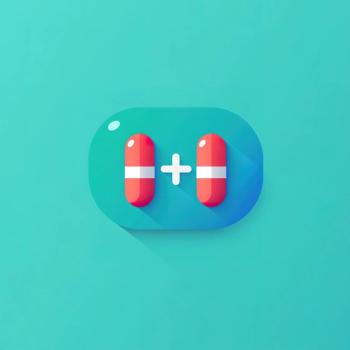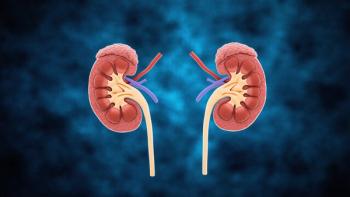
Otsuka Reports More Positive Results From Its Phase 3 Trial of Sibeprenlimab
The largest phase 3 trial of a treatment for IgA nephropathy (IgAN) showed positive results for sibeprenlimab, Otsuka announced in a news release. The company’s investigation antibody halved proteinuria, a key marker of kidney damage, compared to a placebo after nine months of treatment.
“We are confident about the potential of sibeprenlimab and are grateful to the patients who are helping to further the science by participating in these important trials,” said John Kraus, M.D., Ph.D., executive vice president and chief medical officer, Otsuka Pharmaceutical Development and Commercialization.
Sibeprenlimab targets APRIL, a cytokine in the tumor necrosis family that the news release says plays a key role in the development of IgAN. Proteinuria control is an important independent predictor for long-term prognosis, Kraus said in the news release, adding the interim data “reinforces our belief that selectively targeting APRIL has the potential to be an effective and safe approach for this progressive and irreversible kidney disease.
The FDA has given Otsuka’s application for approval of sibeprenlimab its priority review status, and the drug has a Prescription Drug User Fee Act date — the date by which the FDA is supposed to make a decision — of Nov. 28, 2025, according to a news release Otsuka issued late last month.
The interim results the company publicized in a news release today were presented during a late-breaking clinical trials session at the
Today’s announcement was not a surprise. Ostuka had previously announced encouraging proteinuria results from the VISIONARY trial at the nine-month mark in an Oct. 22, 2024
The positive results from the VISIONARY trial are coming after similarly positive results of a phase 2 trial of sibeprenlimab were published in November 2023 in the New England Journal of Medicine (NEJM). The
The news release today says the safety profile of sibeprenlimab was “favorable and consistent with previously reported data,” but there are no details. The ENVISION results reported in NEJM showed that the risk of infection was slightly less in the sibeprenlimab group than in the placebo group (49.6% vs. 55.3%) and that the risk of serious adverse events — none of which the investigators believe was related to the sibeprenlimab or the placebo —was similar in the two groups.
“The safety data emerging from VISIONARY is reassuring and adds to our existing knowledge about sibeprenlimab’s safety profile from prior programs. This is very exciting news for patients and adds a therapeutic option with a novel mechanism of action potentially targeting the immunologic pathogenesis of IgAN,” Dana Rizk, M.D., a professor of medicine in the division of nephrology at the University of Alabama at Birmingham, said in the news release today.
IgAN, which is also known as Berger disease, is the world’s most common primary glomerular disease and a significant cause of kidney failure among adults, particularly in East and South Asia, according to a review article published in the April issue of the journal Kidney International (it was posted online earlier this year). Data from kidney disease registries in the United Kingdom, Sweden and Germany show the condition is associated with elevated lifetime risk of kidney failure, say lead and corresponding author Jürgen Floege, M.D., of RWTH Aachen University Hospital in Germany and his colleagues. They note that although IgAN is an immune-mediated glomerular disease, many of the drugs commonly used to treat other autoimmune glomerular diseases — such as lupus nephritis, antineutrophil cytoplasmic autoantibody–associated vasculitis, and membranous nephropathy — have shown limited evidence of effectiveness for IgAN, Immunologic treatment for IgAN has been limited to prolonged high-dose systemic glucocorticoids. Sibeprenlimab is one of a number of drugs under development that could be a safer, more effective option, according to the review.
Newsletter
Get the latest industry news, event updates, and more from Managed healthcare Executive.



















































